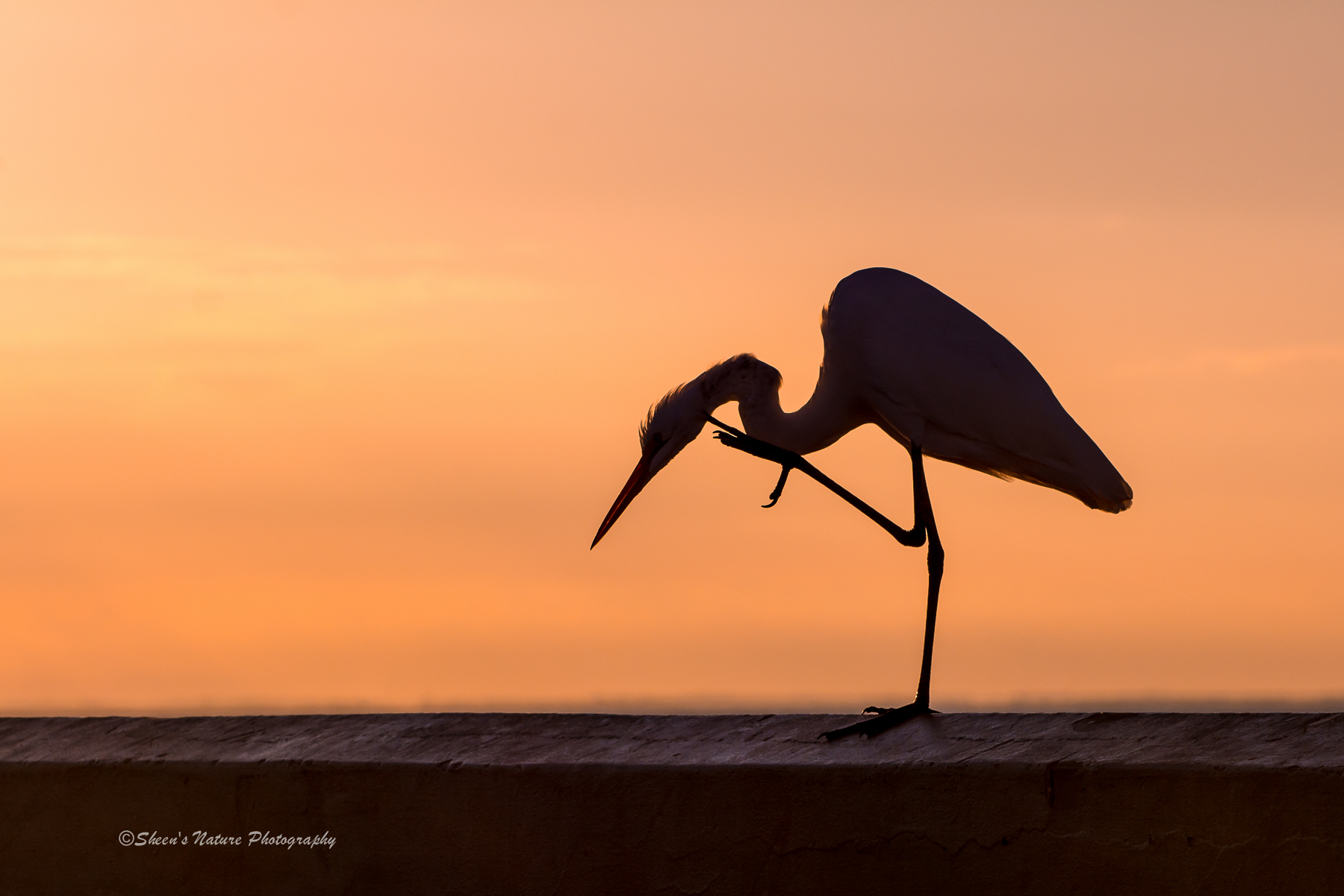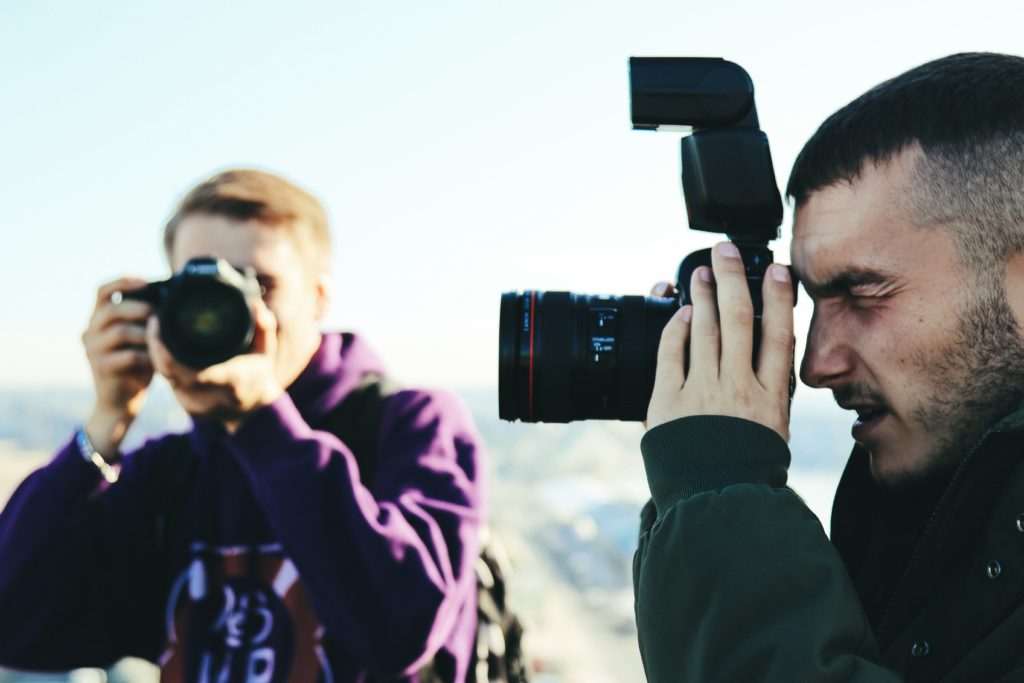What makes a picture-perfect wildlife photograph? In many wildlife and nature photography articles (including mine), there are tips on getting tack sharp images. Most of these start with getting the eye in clear focus. There's the other important elements that we mindfully consider such as the ‘rule of thirds', the right depth of field, exposure. Is it too shallow or is there not enough detail in focus? Or conversely, is there too much depth that distracts from the subject. Is the photograph really about the subject, or is it about the moment?
So many things to consider as we strive to produce great photography.
As we are our own worst critics, we can be and should be quite meticulous with our settings when in the field. This of course is followed by yet another round of intense scrutiny. The inspection, selection and processing of images.
It's time to lighten up on ourselves just a bit.
When you look at various artists photographs, are you zooming in to the eye to inspect to see if it's tack sharp? Or is it feeling the image gives you that makes you pause and stare a bit longer.
I recently went to a photography workshop in Costa Rica led by Richard Bernabe and Ian Plant, two very talented, well-known photographers and instructors. There was scheduled time for general discussion and post processing tips. While I was starting to weed out images based on the eye not being as sharp as I thought it should be, Richard offered the following tip:
“It’s more about the emotion that is conveyed versus a completely tack sharp image. Some of my favorite wildlife images are not always tack sharp when you zoom in to the eye. Look for the emotion, how the whole scene feels too as that may be more important given the photograph.”
A bird on a stick, with clear visible details, a tack-sharp eye to me is not boring. (I love my birds!) However, for someone that enjoys birds or just nature, they may like it but it's probably not going to hold their attention long, if at all. Put that same bird or a different bird in an unusual setting, a caught-in-the-moment action shot or making a funny or unique expression, the game changes a bit. Let's take a look at two photos.
The vermillion flycatcher above taken last week in Big Bend, Texas. The bright crimson plumage, the fussy little face melts my heart (and camera) every time I have the privilege to see one. The photo is clear, the depth of field is good. It is a bird on a stick. For me it is not boring – I had to take a lot of photos to get a few that I liked as they are fast and flighty. For the viewer of the photo it may be just another bird picture as there really isn't anything usual or striking about his actions or the background.
The second is the great Egret photographed in their breeding habitat a while back. There was a lot of action going on. Feathers flying, juveniles playing and territorial behaviors. The Egret was photographed as he was flapping his wings right after he landed on a tree top. The eyes, when zoomed in are not tack sharp, but does it take away from the moment? You decide.
When we go into the field and take several to hundreds of photographs, we want to bring back many awesome, tack sharp photos. Realistically it takes many, many shots to get a good, solid image. For some of us, it may take even a whole lot more to get that photo that gives you that personal “Wow!” moment.
Getting a gazillion likes, hearts, stars in the social media world is fun but those likes are short lived in terms of long term visibility. I appreciated the perspective Ian shared:
“Every photograph that you take, then process and enjoy doesn’t have to be fantastic. Good photographs are still good. ”
We spend a lot of time behind the lens that translates into a lot of photographs that make it to post processing. If you walk away with work that reflects what you were trying to capture and you had fun doing it, then that just may be a picture-perfect day.
Photography for many of us is more than just getting the great image. It's the experience of being behind the lens, photographing nature as it happens and being part of that moment. Enjoy the journey!








